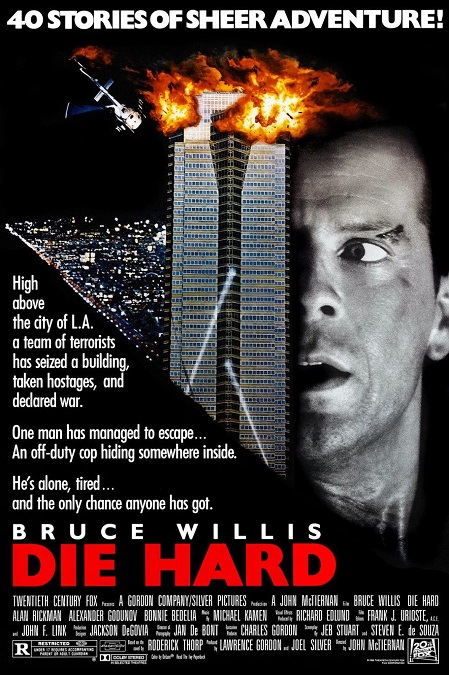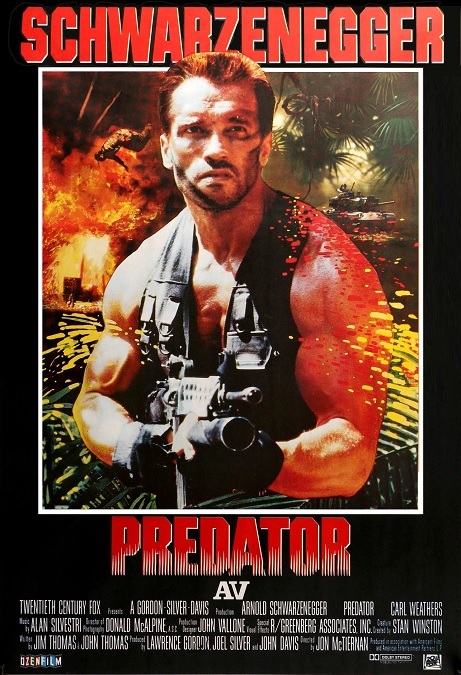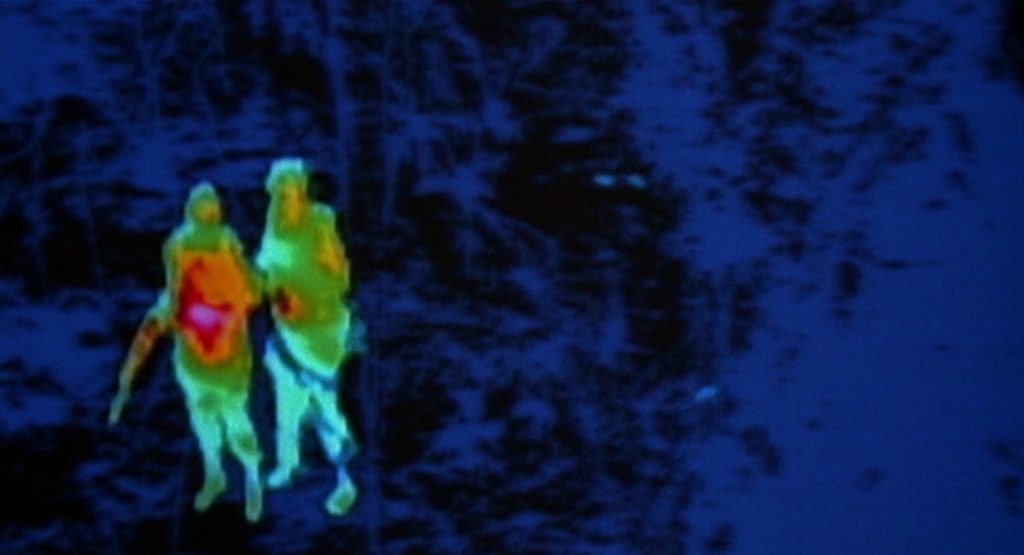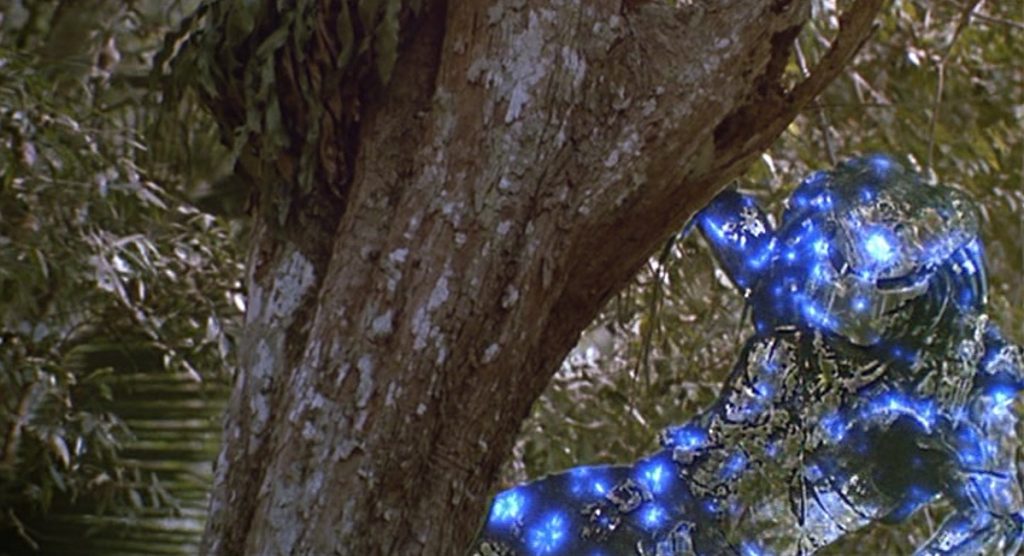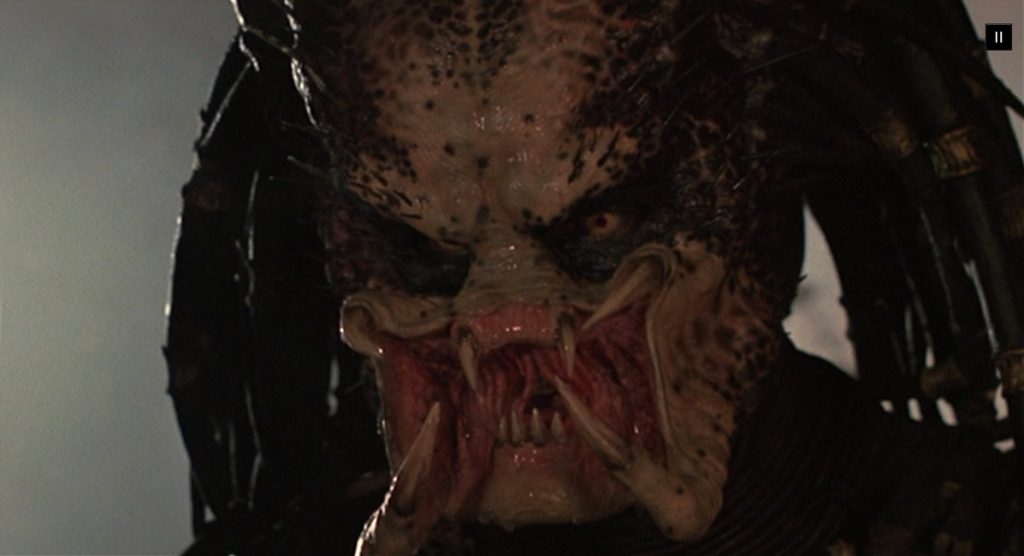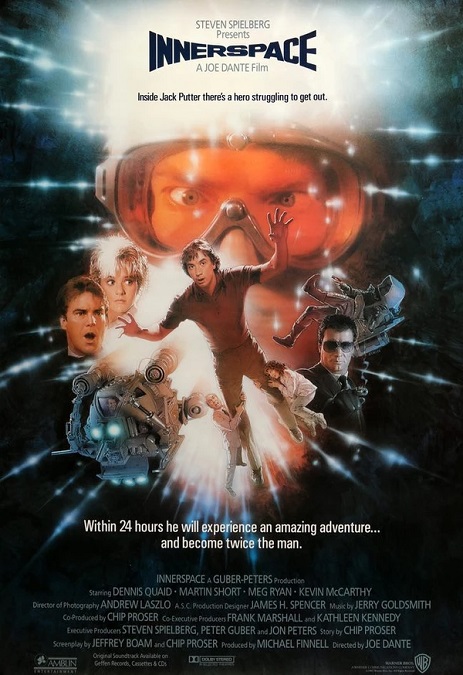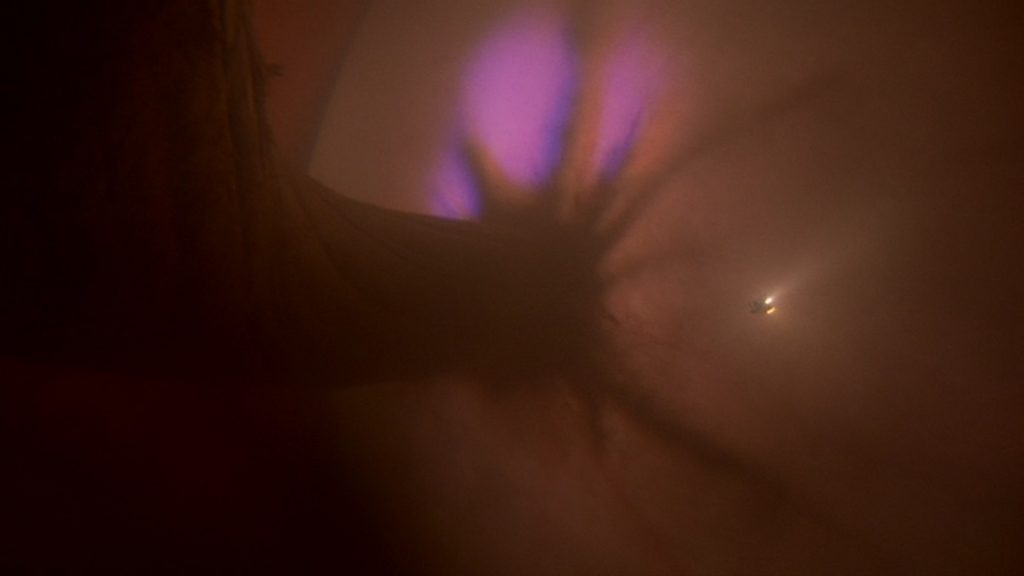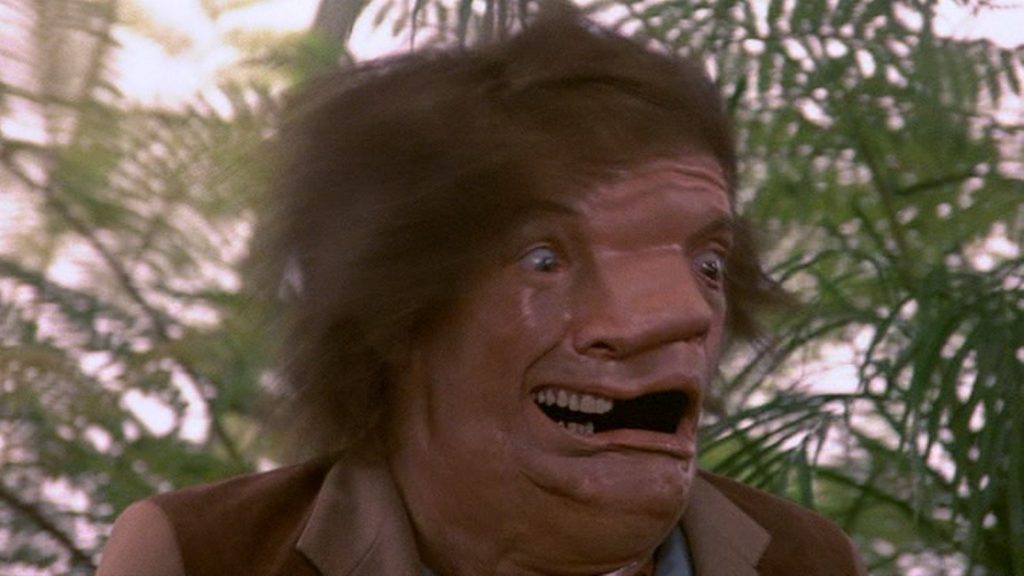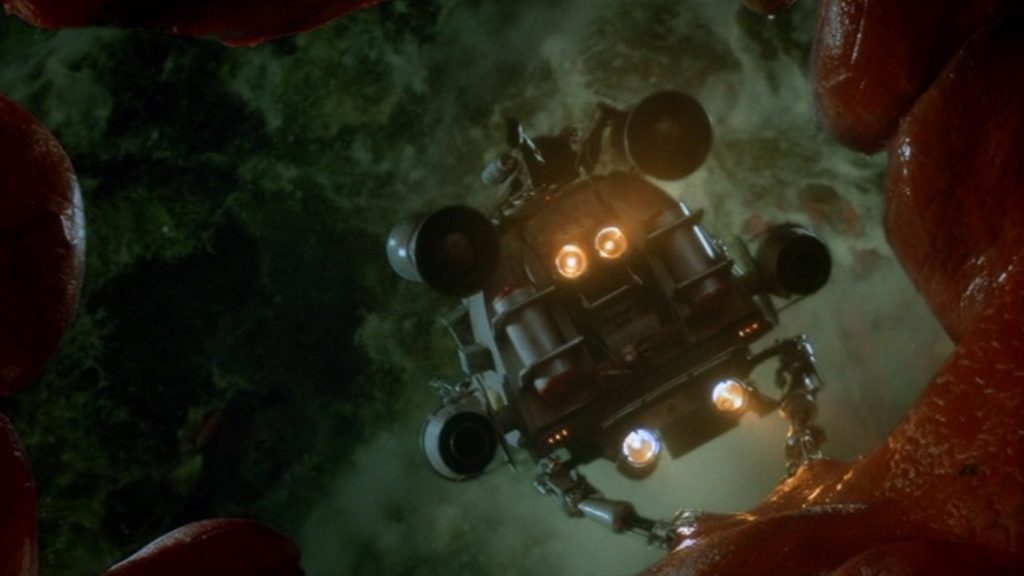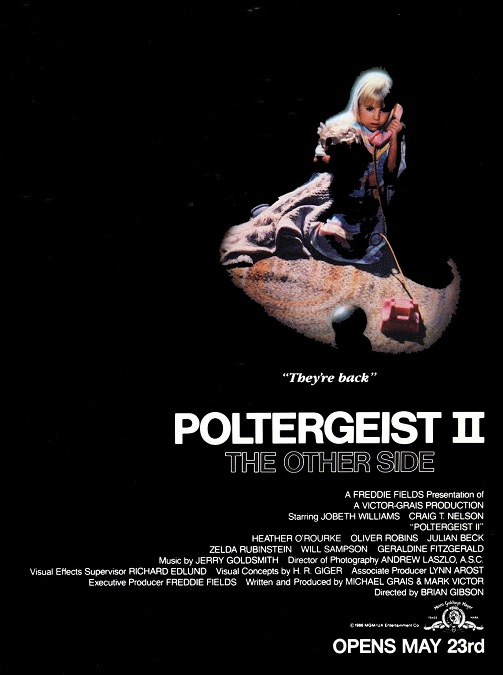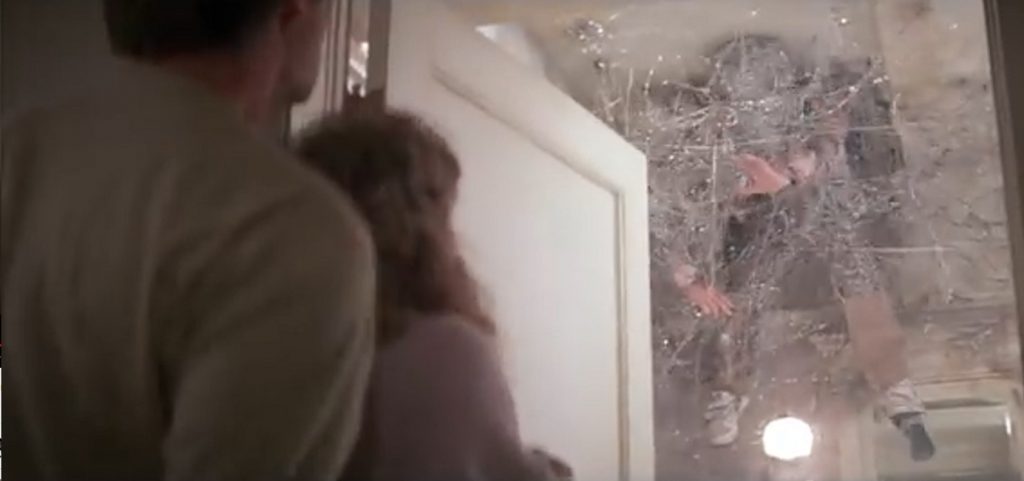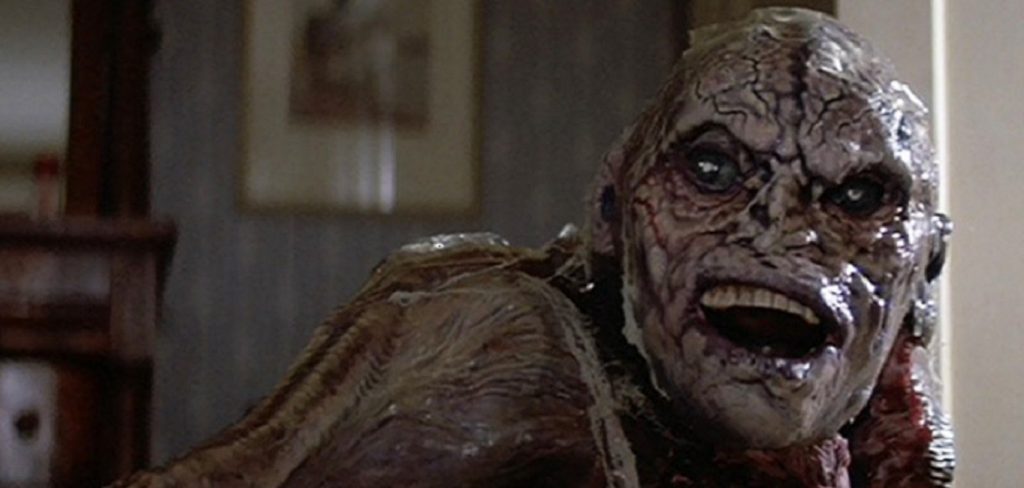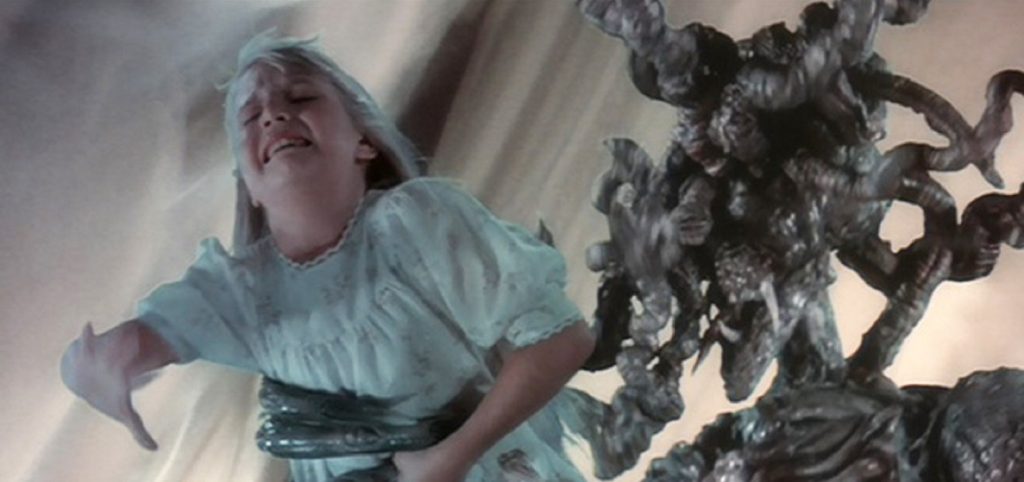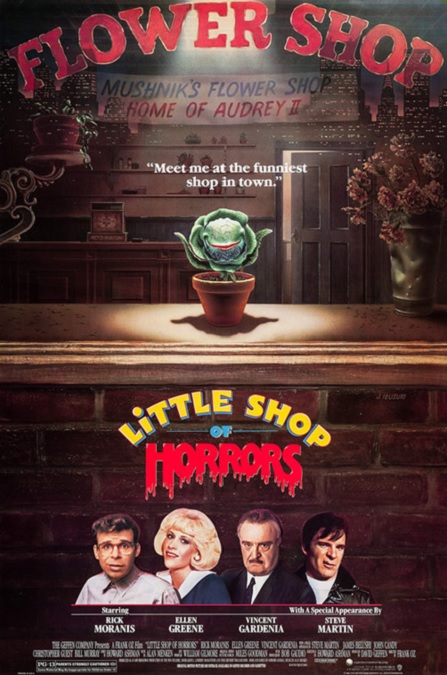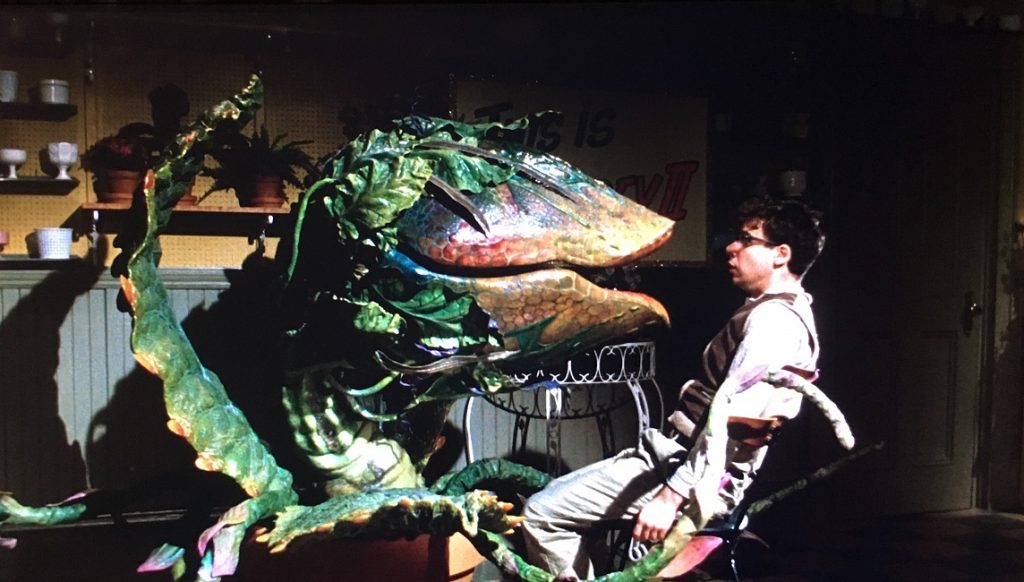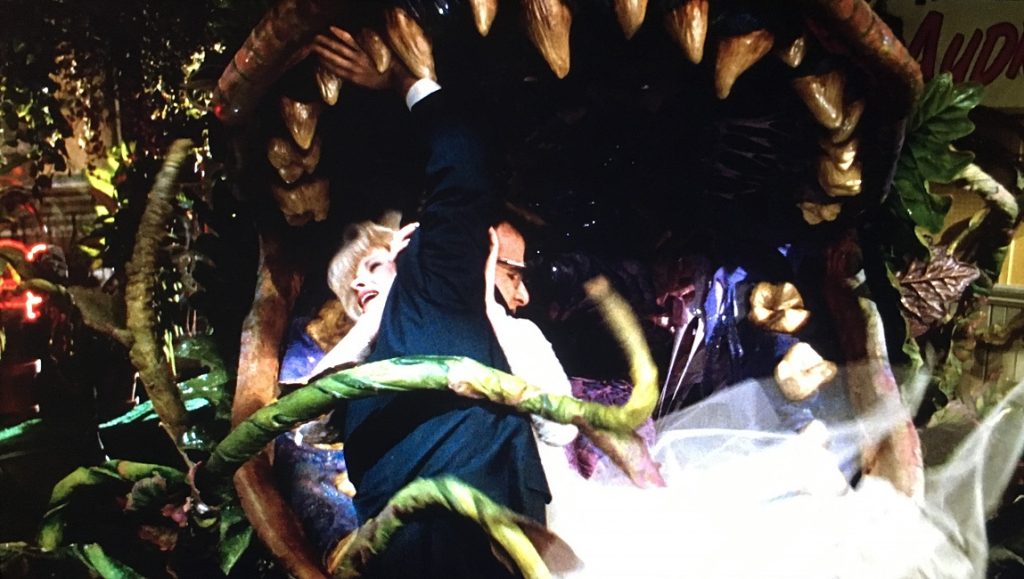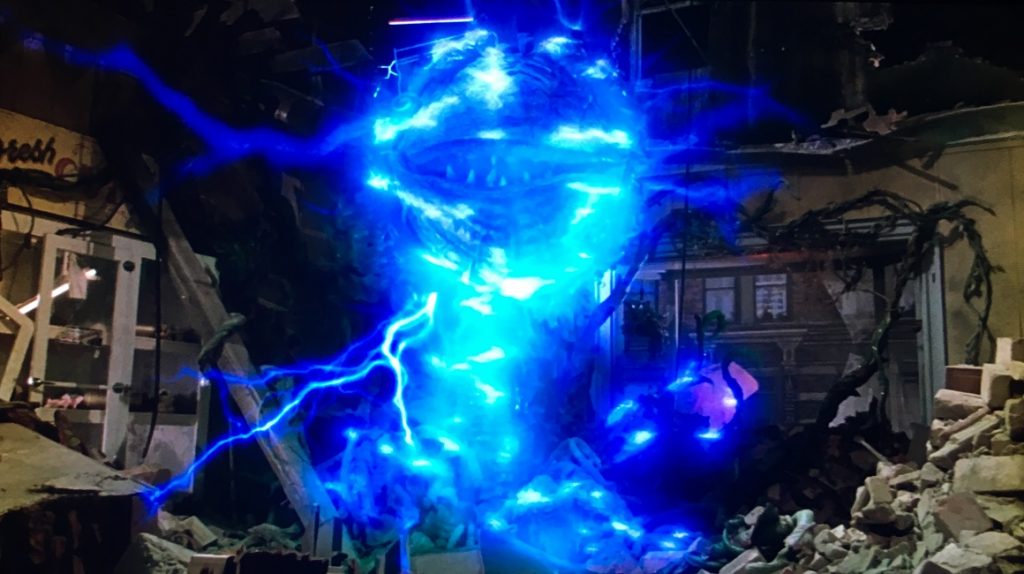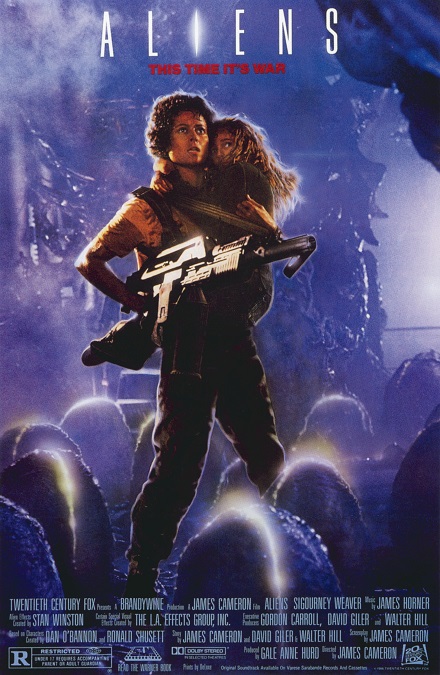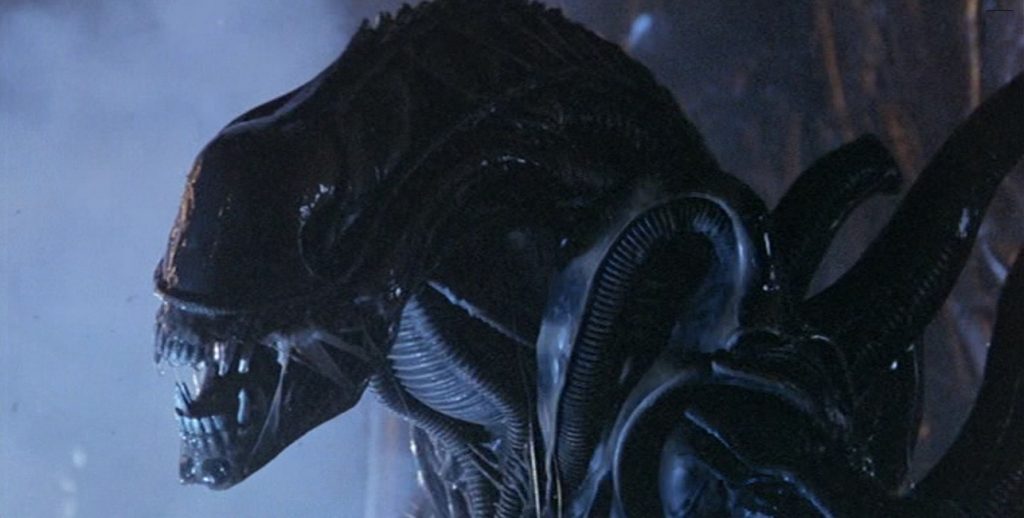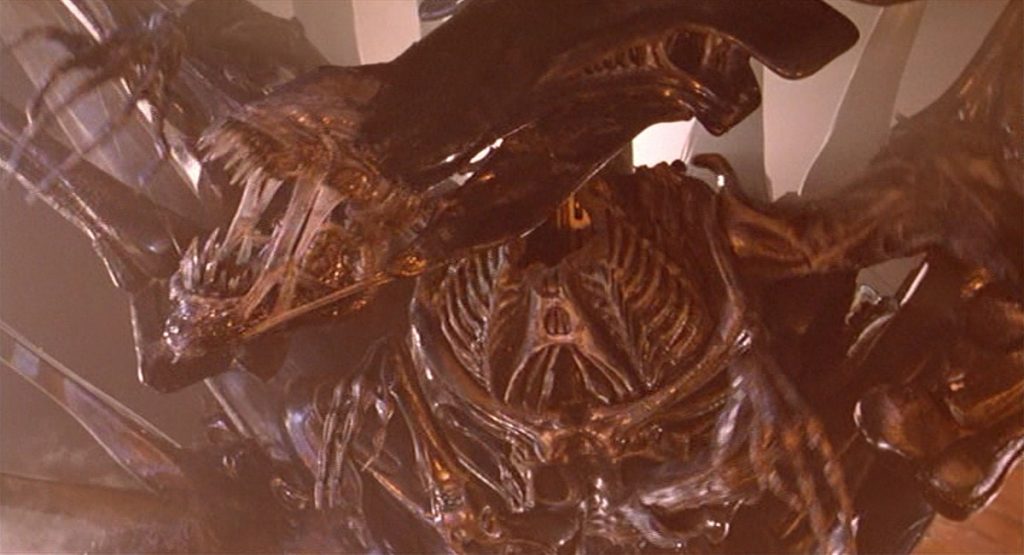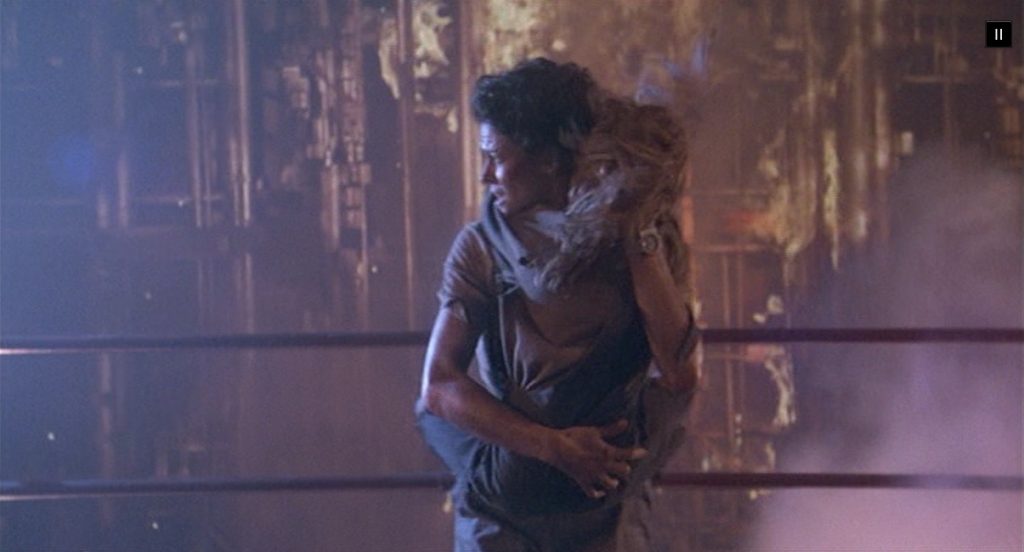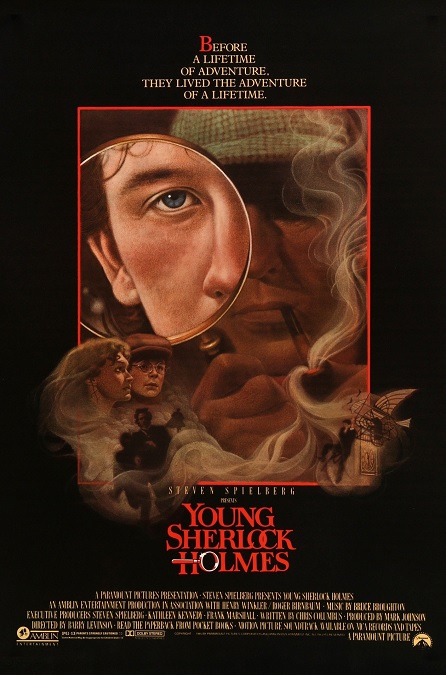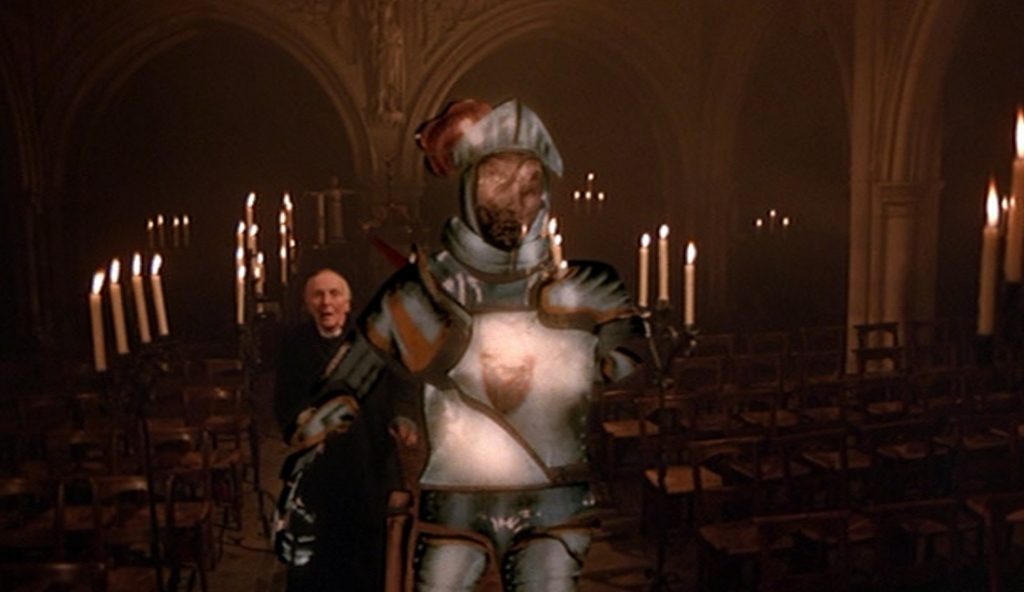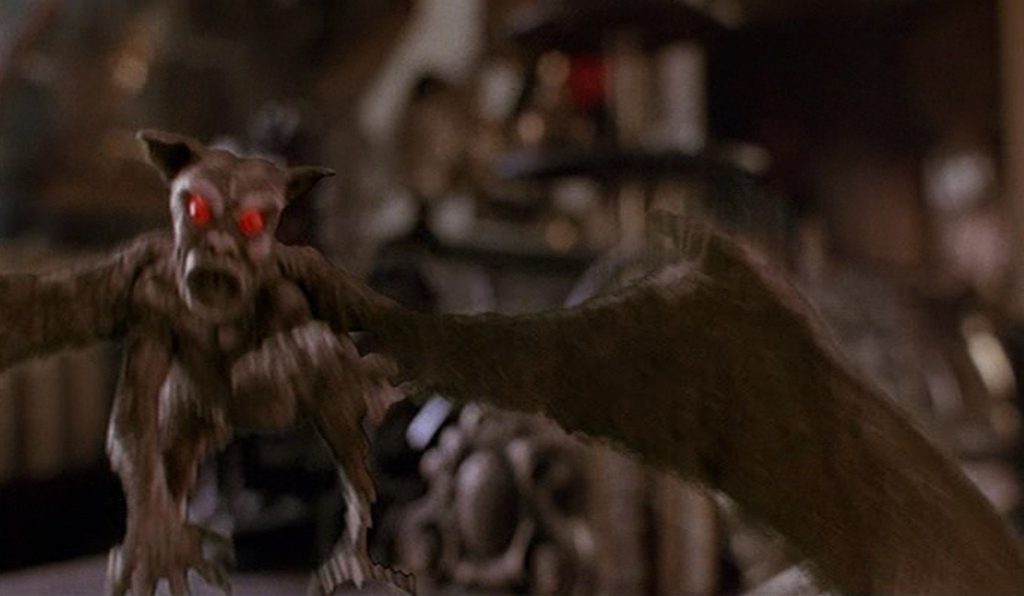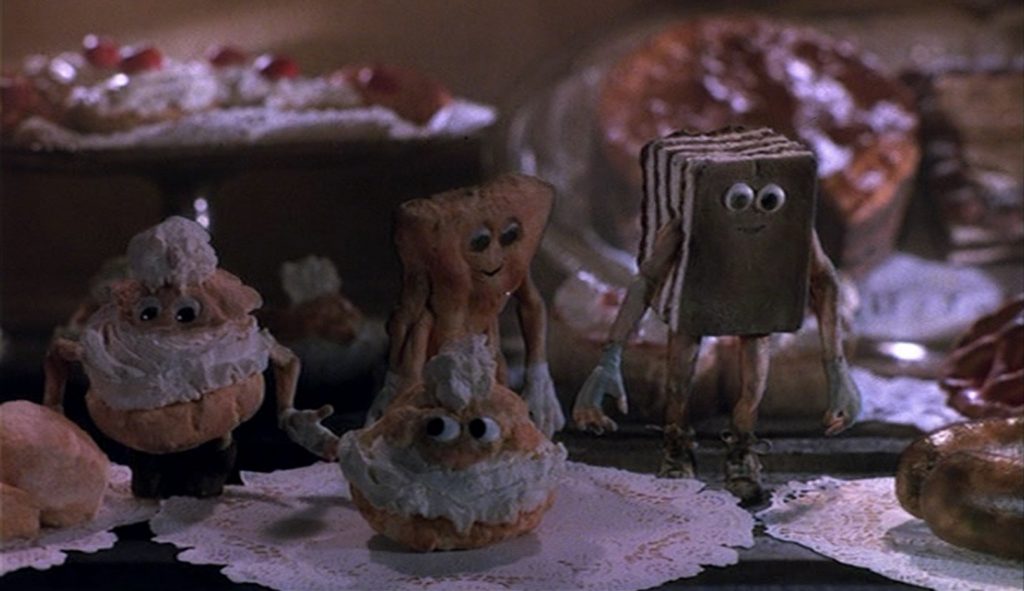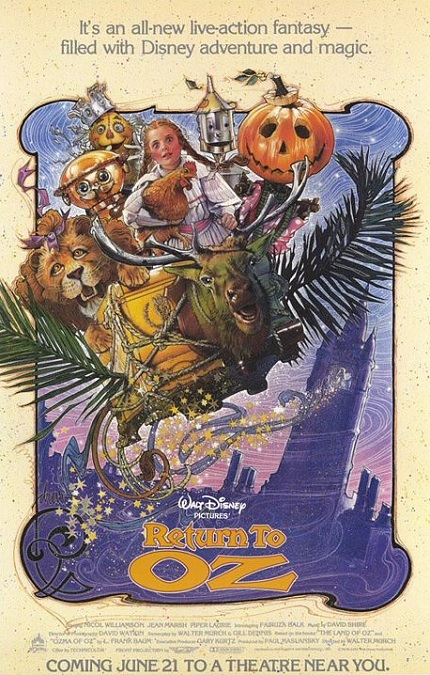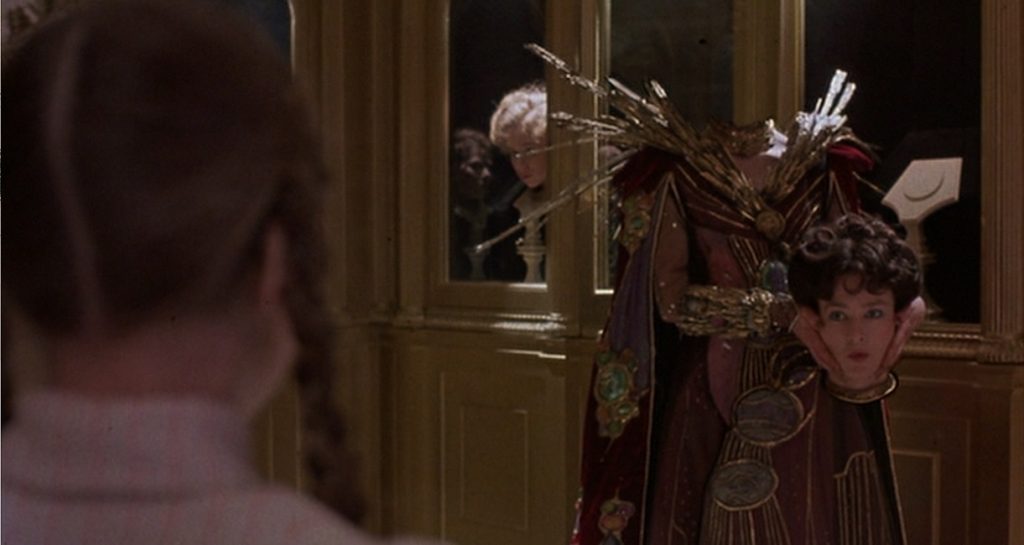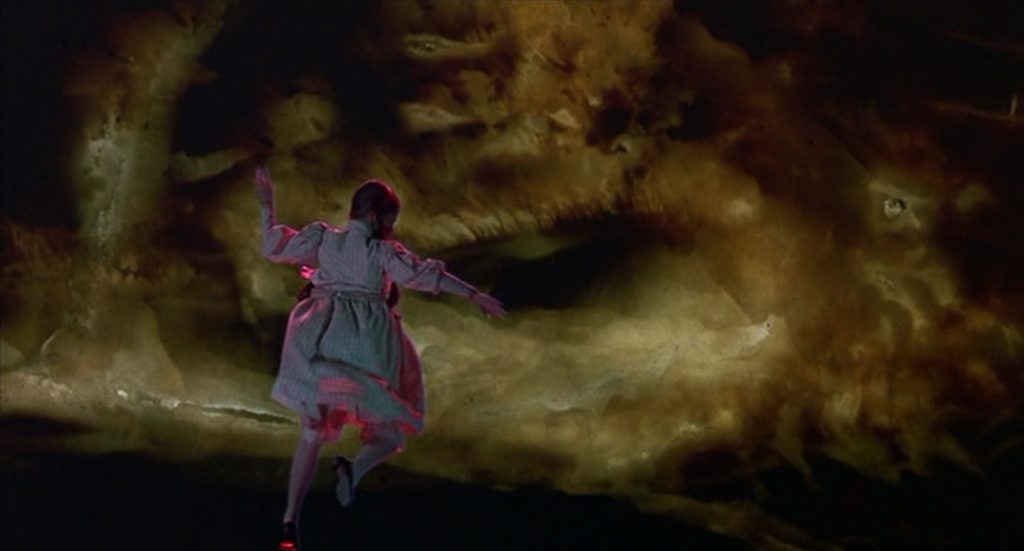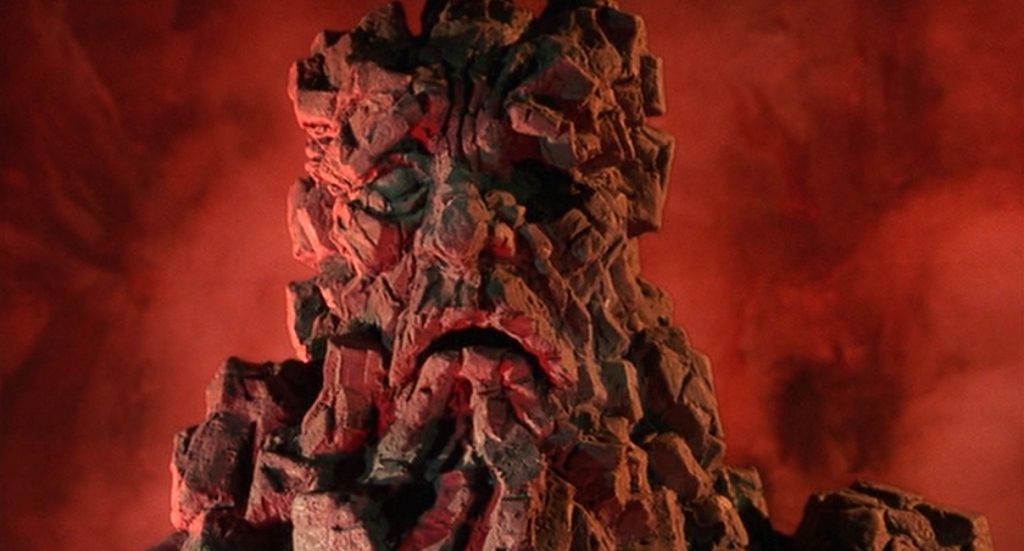



Willow – 1988

It has been a long time since I have seen this movie, and I had forgotten just how good it actually was. Part of that was its truly groundbreaking special effects. The man behind them was named Dennis Muren, and he has been quoted as saying that Willow was “’a transition’ film: one which led the way into new special effects territory.” And after watching the film, focusing on the visual effects, I completely understand that he knew what he was talking about. And well he should. He is a visual effects legend. He has won eight Academy Awards and has worked on such visually stunning films as the Star Wars trilogy, Jurassic Park, Mission Impossible, Terminator, Close Encounters of the Third Kind, and Indiana Jones.
The reason it was a transition film was that it used practical effects, hand drawn animation, stop-motion animation, and incredible groundbreaking CGI effects. Muren took on the task of pioneering digital morphing effects, changing a goat into an ostrich, into a turtle, into a tiger, into a human woman. And honestly, I think the effect still holds water, even by today’s standards. It was probably one of the most memorable effects sequences in the film, and that’s saying a lot.
Another memorable scene is the one in which the fairy sorceress, Cherlindrea charges Willow with protecting the baby, Elora Danan. The ethereal fairies were beautifully depicted, as if they had come right off the pages of an English story book. They were tiny floating balls of light which, when they appeared in closeup shots, were glowing women with tiny gossamer wings and long flowing hair.
According to my research, the Brownies, who were also the film’s comic relief, were very difficult to film. Clearly, they had to do a lot of blue-screen filming. But again, they seem to have mastered the technique, because I specifically watched for the tell-tale dark outlines around them, and there were none.
The stop-motion animation came in the form of a two-headed monster that breathed fire. At one point, the hero, Madmartigan, jumped on one of the heads and was thrashed about before plunging his sword through the top of its head. The next time it tried to spit fire, the head exploded. It apparently used go-motion techniques that had been perfected on the movie Dragonslayer, which was also nominated for Best Visual Effects.
And finally, there was the climactic scene and Queen Bavmorda’s death. She spills ritualistic bowls of blood and the blood turns into a red swirling mist that surrounds her. Lightning is flashing all around her, and you can see her skull shining through the skin of her face. She, herself, is turned into mist and is sucked up through the hole in the ceiling. It was a pretty magnificent way for the evil sorceress to die!
The whole film was a special effects extravaganza, and they were all done very well. It lost the Oscar to Who Framed Roger Rabbit, but I don’t know. I think maybe this movie should have won.




